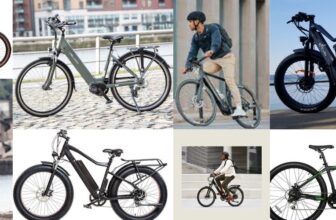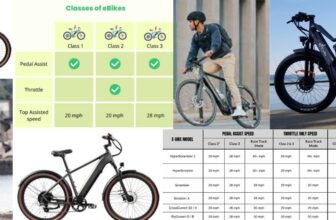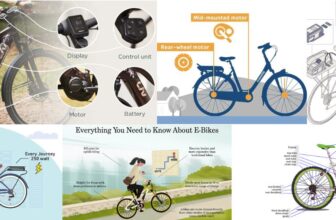
Updated on July 11, 2024
If you’re planning a backpacking trip, you might be wondering if a tent footprint is a necessary addition to your gear. Let’s dive into what a tent footprint is, its benefits, and whether you truly need one for your adventures.
What is a Tent Footprint?
A tent footprint, also known as a groundsheet, is a piece of material designed to sit between your tent and the ground. It’s usually made from durable, waterproof fabric and is cut to match the shape and size of your tent’s floor.
Benefits of Using a Tent Footprint
- Protection from Abrasion: The ground can be rough, with sharp rocks, sticks, and other debris that can damage the bottom of your tent. A footprint adds an extra layer of protection, prolonging the life of your tent.
- Waterproof Barrier: Even if your tent floor is waterproof, adding a footprint can enhance this protection, especially in wet conditions. It prevents ground moisture from seeping through and keeps your tent floor dry.
- Insulation: A footprint can provide an additional layer of insulation from the cold ground, helping to keep you warmer during chilly nights.
- Ease of Setup: Some tents are designed to be set up with just the footprint and rainfly, which can be a lighter and faster option in certain conditions.
When You Might Need a Tent Footprint
- Rough Terrain: If you’re camping on rocky, uneven, or abrasive surfaces, a footprint can save your tent from wear and tear.
- Wet Conditions: In rainy or muddy environments, a footprint can help keep your tent dry and clean.
- Lightweight Options: If you have a lightweight tent with a thinner floor, a footprint can provide extra durability and protection.
When You Might Skip the Footprint
- Smooth Campsites: If you’re camping on soft, grassy, or sandy terrain, the need for a footprint is less critical.
- Weight Concerns: For ultralight backpackers, every ounce counts. Some may choose to skip the footprint to save on weight.
- Budget Constraints: If you’re on a tight budget, you can use a cheaper alternative like a tarp or even a piece of durable plastic sheeting.
Tips for Using a Tent Footprint
- Proper Fit: Ensure your footprint is slightly smaller than your tent floor to prevent water from collecting between the footprint and your tent.
- Material Choice: Choose a footprint made from durable, waterproof material. Many manufacturers sell footprints specifically designed for their tents.
- DIY Options: If you prefer a DIY approach, you can cut a tarp or heavy-duty plastic to the size of your tent floor.
Conclusion
So, do you need a tent footprint for backpacking? It depends on the conditions you’ll be facing and your personal preferences. A tent footprint can provide valuable protection and longevity to your tent, especially in rough or wet conditions. However, if you’re camping on soft ground and trying to minimize weight, you might choose to forgo it. Assess your needs and decide what’s best for your backpacking adventures.
Happy camping!






